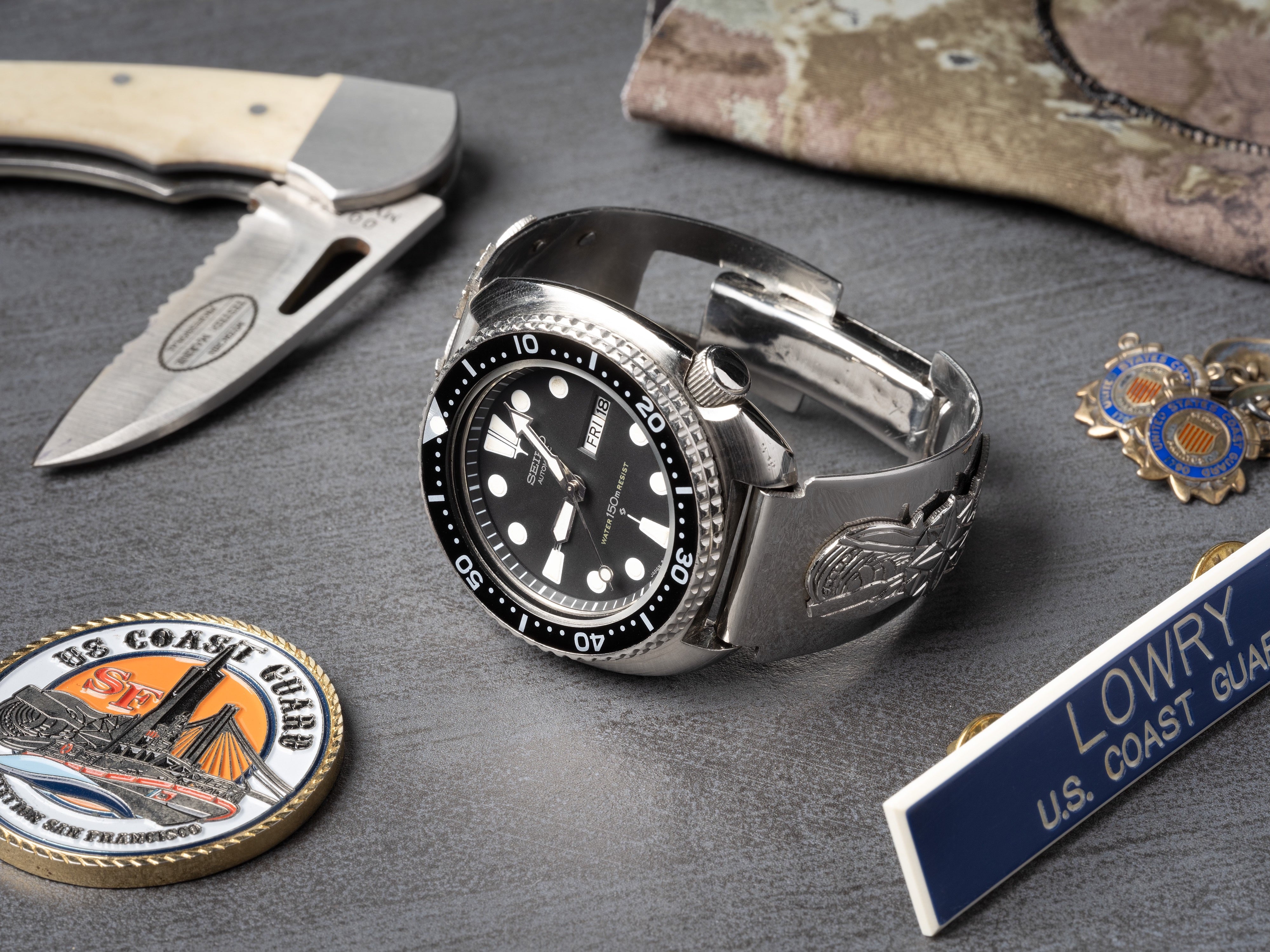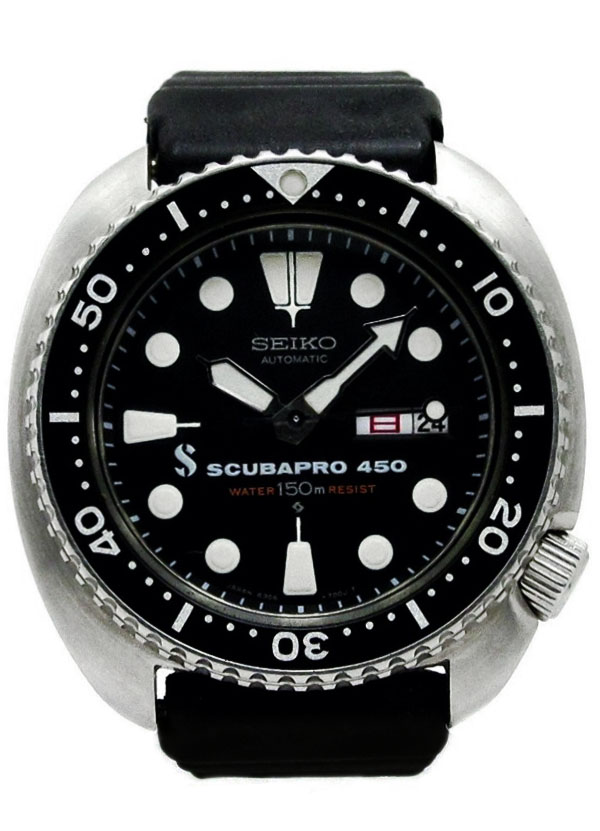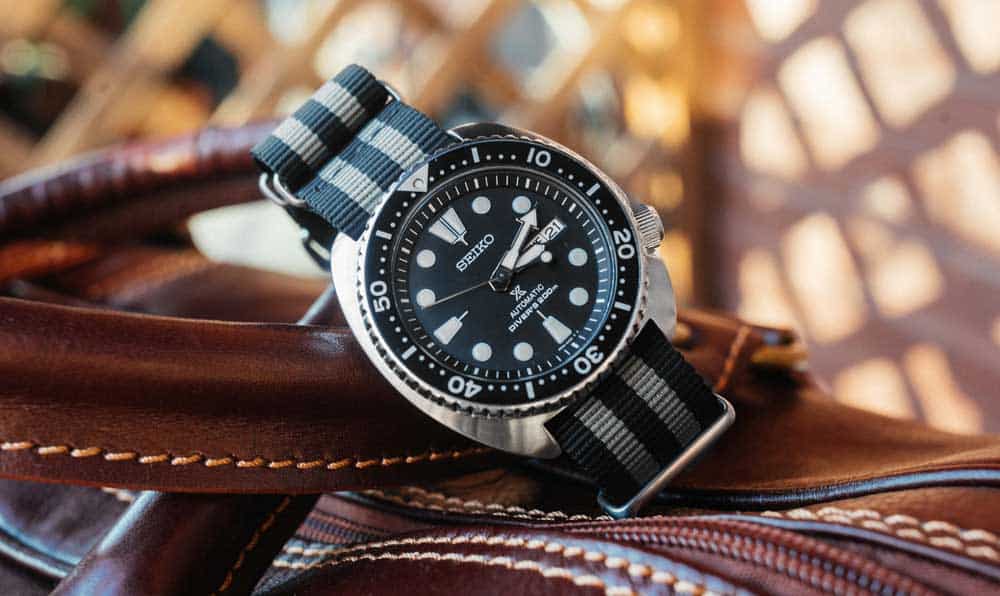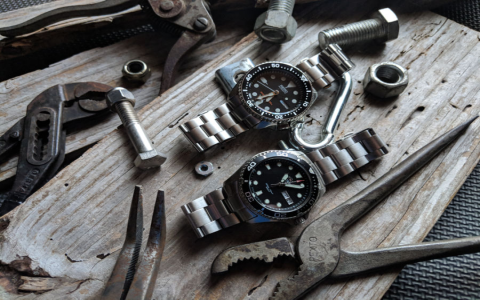Okay, so I’ve been getting into vintage watches lately, and I finally took the plunge and snagged a Seiko “Turtle.” It’s one of those classic dive watches that just has this cool, retro vibe. I’d been eyeing them for ages, you know, browsing forums, scrolling through endless pictures on Instagram… the usual watch-nerd stuff.

The first thing I did was hunt down a good one. I didn’t want a brand-new reissue; I wanted the real deal, a vintage piece with some history. I spent weeks checking out online marketplaces, even some shady-looking pawn shops. It’s a jungle out there, let me tell you! You gotta watch out for fakes, “frankenwatches” (watches cobbled together from random parts), and just plain overpriced junk.
I finally found one that looked promising. It was a 6309-7049, a model from the late ’70s or early ’80s, I think. The pictures were decent, the seller seemed legit, and the price wasn’t outrageous. I still felt nervous hitting that “buy” button. What if it was a lemon? What if it arrived and looked totally different from the photos?
The Wait and the Unboxing
The next few days were torture. I kept refreshing the tracking page, imagining my Turtle making its way across the country. Finally, the package arrived. I ripped it open like a kid on Christmas morning.
And there it was. It wasn’t perfect, far from it. The bezel was scratched, the lume had faded to a creamy yellow, and the crystal had a few nicks. But man, it had character. You could tell this watch had seen some action.
The Clean-Up and Inspection
The first thing I did was give it a gentle cleaning. I used a soft toothbrush, some warm soapy water, and a whole lot of patience. Years of grime came off, revealing the original finish underneath. I was careful not to get water inside – I didn’t trust the old seals.

- Used a soft toothbrush: Very crucial for not damaging the brushed surface.
- Warm soapy water: Mild dish soap, nothing harsh.
- Patience: No aggressive scrubbing, slow cleaning only.
Next, I popped off the case back (using a proper case back opener, of course – wouldn’t want to scratch it up!). I wanted to check the movement, make sure everything looked reasonably clean and original. I’m no watchmaker, but I’ve watched enough YouTube videos to spot obvious problems. Everything looked okay, thankfully. The rotor spun freely, and the balance wheel was ticking away steadily.
The Strap Change
The original bracelet was pretty beat up, so I decided to swap it out. I’d already ordered a few NATO straps in anticipation. I tried a classic black one, an olive drab one, and even a bright orange one for a bit of fun. I ended up settling on a grey NATO with a subtle stripe – it just seemed to suit the watch’s rugged, vintage look.
Wearing It and Loving It
Now, I’ve been wearing the Turtle almost every day. It’s surprisingly comfortable, despite its size. It keeps decent time, only losing a few seconds a day, which is pretty good for a 40-year-old watch. And I just love the way it looks. It’s a conversation starter, for sure. I’ve already had a few people ask me about it.
It’s more than just a watch, though. It’s a little piece of history on my wrist. I keep imagining the places it might have been, the things it might have seen. It’s a tangible connection to the past, and that’s pretty cool.
So, that’s my Seiko Turtle story, so far. I’m sure I’ll be tinkering with it more in the future. Maybe I’ll try to polish the crystal, or even get it serviced. But for now, I’m just enjoying wearing it and appreciating it for what it is: a classic, iconic, and undeniably cool vintage dive watch. It took effort to find, required cleaning, but definitely worth the journey I took to find it!



